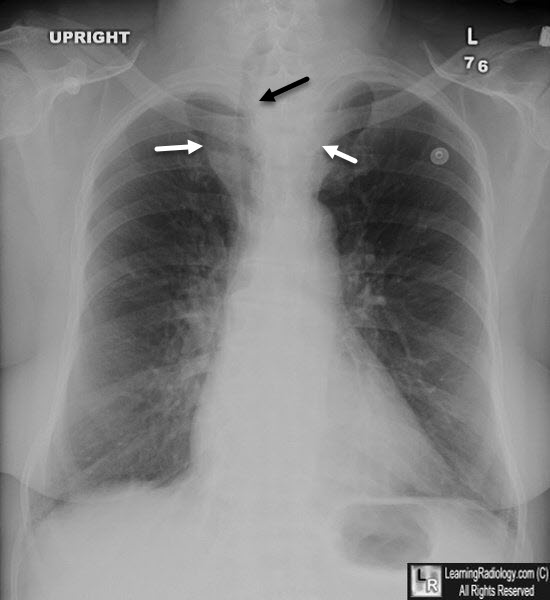

P-Value < 0.05 was statistically significant.

Kruskal-Wallis test, Mann-Whitney test and Chi-Square were applied. Statistical analysisĪll data were analyzed using SPSS software. This article is approved in regional ethic committee of Mashhad University of Medical Sciences (project number: 89844). Patients were evaluated in terms of: age, sex, clinical presentation, type of imaging, tissue diagnosis methods, pathology, surgical technique, early complications, hospital mortality, prevalence of recurrence and distant metastases, additional treatment, 3 years survival and factors affecting survival. Inclusive criteria: 1) malignant primary chest wall tumor with definitive pathologic diagnosis 2) performing appropriate surgery 3) three years follow up after surgery.Įxclusive criteria: 1) Other types of chest wall tumors (benign or metastatic) 2) inadequate surgical treatment 3) less than three years follow up. The aim of this study is to evaluate the outcomes of surgical treatment in malignant primary chest wall tumors, and the factors affecting survival.īetween 19, this case-series study was performed on 40 patients with primary chest wall tumors, who underwent chest wall reconstruction at Qaem and Omid Hospital of Mashhad University of Medical Sciences-Iran. Reconstruction varies according to the origin of the tumor: mesh and cement is used to reconstruct tumors originating from bone tissue, while and in soft tissue sarcomas muscular flap is administered.
#The black masses chest full#
Titanium implants in combination with synthetic or biologic mesh can be a safe and effective way of reconstructing large full thickness chest wall defects. Surgeons are not always able to close the defect with antilogous tissue, in the tumors which are too large and are given adequate margins. There are 2 ways to cover deep chest wall defects: prosthetic or biologic mesh and/or soft tissue flaps with excellent blood supply. Chest wall resection due to diverse etiologies can cause extensive chest wall defects which may involve soft and skeletal tissues. With the extension of these masses, pains occur. Malignant primary tumors are mostly symptomless and grow slowly. Chest wall tumors have been classified according to these criteria: cell type, involved tissue, sensitivity to radiation and benign against malignant. There are various ways to diagnose these tumors including: fine needle aspiration and biopsy (FNA & B), incisional and excisional biopsy. Owing to the few number of such lesions, diagnosis and appropriate therapeutic approach is needed and further evaluations should be considered. They originate from different constructions of the thoracic wall and may occur in 2 main tissue types: single and combined. Primary chest wall tumors involve a wide various groups of soft tissue and skeletal structures of thorax. Surgery with wide margin is the safe and good technique for treatment of primary chest wall tumors with acceptable morbidity and mortality. Factors that affected survival were type of pathology and evidence of distant metastasis. The most common site of distant metastasis was lung (n = 7). The primary treatment modality for both local and distant recurrences was surgical resection among them, 10 underwent repeated resection, 9 adjuvant therapy and 5 were treated with lung metastasectomy. Recurrences occurred in 24 patients (60%), 14 developed local recurrences, and 10 developed distant metastases. Overall, 12.5% (5/40) of patients received neoadjuvant therapy and 75% (30/40) of patients were treated with adjuvant therapy. Resection without reconstruction was performed in 5 patients and Thirty-five patients (87.5%) had extensive resection and reconstruction with rotatory muscular flap, prosthetic mesh and/or cement. Mass was the most common symptoms and the soft tissue sarcoma was the most common pathology. Male/Female (F/M) = 1, with median age of 43.72 years. Patients were evaluated in terms of age, sex, clinical presentation, type of imaging, tissue diagnosis methods, pathology, surgical technique, early complications, hospital mortality, prevalence of recurrence and distant metastases, additional treatment, 3 years survival and factors affecting survival. We performed a retrospective review of our prospectively maintained database of 40 patients treated for malignant primary chest wall tumor from 1989 to 2009. We report our multidisciplinary experience on primary thoracic tumor resection and thoracic reconstruction, the need to additional therapy and evaluating prognostic factors affecting survival. Primary chest wall tumors originate from different constructions of thoracic wall.


 0 kommentar(er)
0 kommentar(er)
